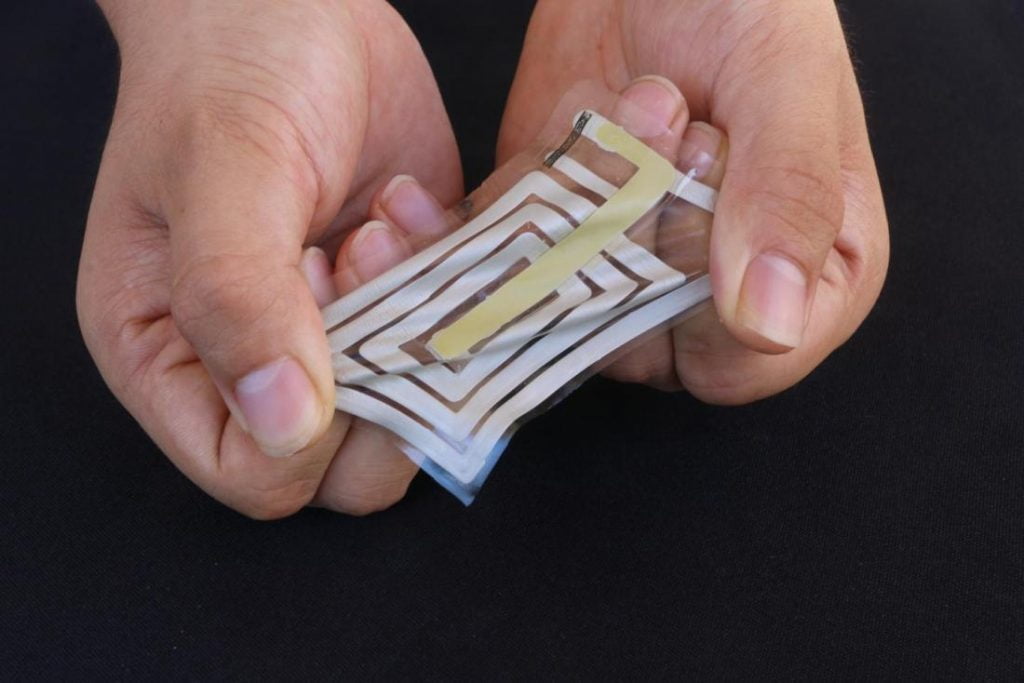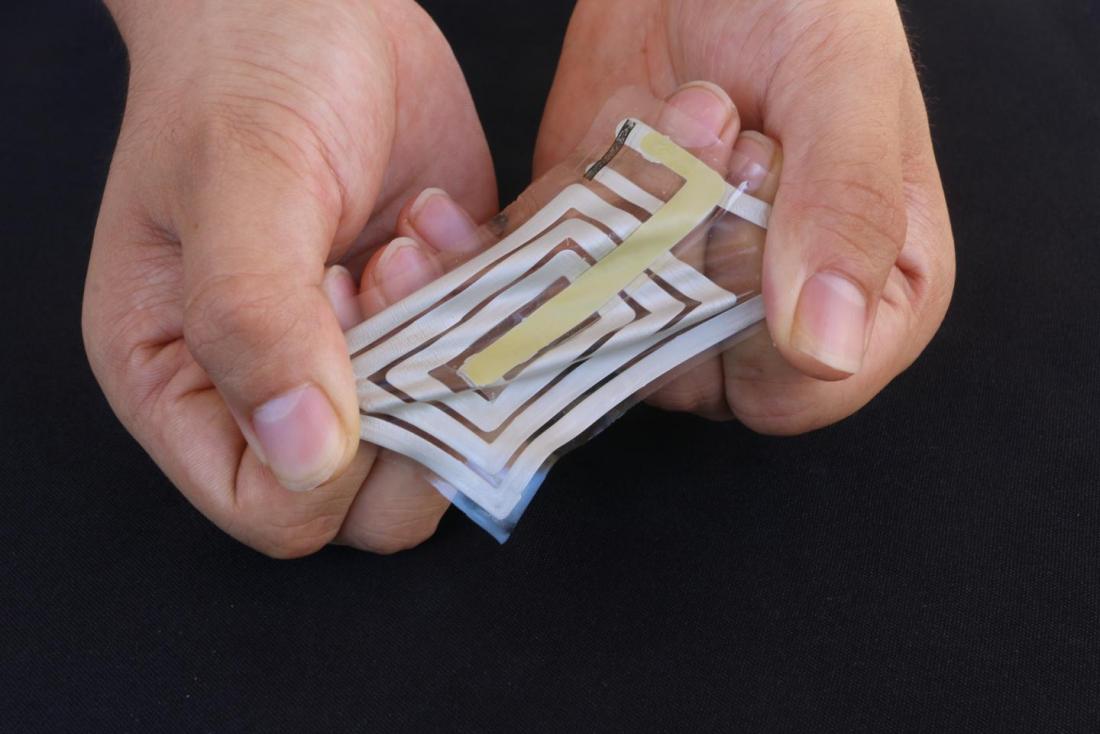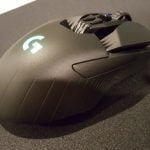

The device sticks to skin and uses an antenna made of metallic ink.
The human skin is a fascinating organ. In fact, it is the largest and heaviest organ of the human body, extending to about 20 square feet, on average.
The skin’s main function is protective; it creates a barrier between our insides and the external world. However, skin does a lot more than protect us.
The various layers of skin create new cells, give the skin its color, and store fat. The skin also helps control body temperature and water loss, and it contains nerve endings that help us detect pressure, vibration, touch, and pain.
Our skin can give much away about our internal states, as outward signs of physiological changes can provide a window into our physical and emotional conditions. Researchers use the galvanic skin response, for example, to gain insights into a person’s levels of arousal, “stress, excitement, engagement, frustration, and anger.”
Now, scientists have developed a way to harness these skin signals with a device that does not require batteries, wires, or chips.
Zhenan Bao, a professor of chemical engineering at Stanford University, in California, and her team have designed a patch that sticks to skin like a Band-Aid and measures how a person’s skin stretches and contracts.
The device then sends these readings wirelessly to a receiver attached to the person’s clothes.
Based on these readings, the researchers were able to monitor a person’s breathing and heart rate, as well as their arm and leg movements.
Prof. Bao and the team describe their wearable tech device in the journal Nature Electronics.
How the BodyNET works
The researchers named their device “body area sensor network,” or “BodyNET,” and they define it as “a collection of networked sensors that can be used to monitor human physiological signals.”
In the paper, the researchers describe how they tested the BodyNET. They stuck the sensors to the wrist and abdomen of a participant to detect their pulse and breathing.
Placing the sensors on the participant’s elbows and knees let the researchers know when the person moved, as the patch detected the stretching and contracting of the skin in the areas that corresponded to the muscles flexed.
The BodyNET works using radiofrequency identification (RFID) — a technology that is also used in keyless access systems and key cards.
With key cards, an antenna in the card picks up RFID energy from the receiver and uses it to generate a passcode. The card then sends this passcode back to the receiver.
For the BodyNET, the researchers had to find a way to transmit RFID energy through an antenna that could expand, contract, and bend along with the skin.
The scientists used metallic ink to create this antenna, but they soon realized that the signal wasn’t strong enough to keep up with the constant movements and fluctuations of the antenna and skin.
So, they designed a novel, stronger type of RFID system that would send more stable and accurate signals. This innovative system also uses Bluetooth technology to send the readings from the receiver to a smartphone or any other wireless device.
The researchers hope that healthcare professionals will use the device to monitor people with sleeping problems and heart conditions. For the team, the next steps are to figure out how the patch can also detect sweat and temperature.
“We think, one day, it will be possible to create a full-body skin sensor array to collect physiological data without interfering with a person’s normal behavior.”
[“source=medicalnewstoday”]




